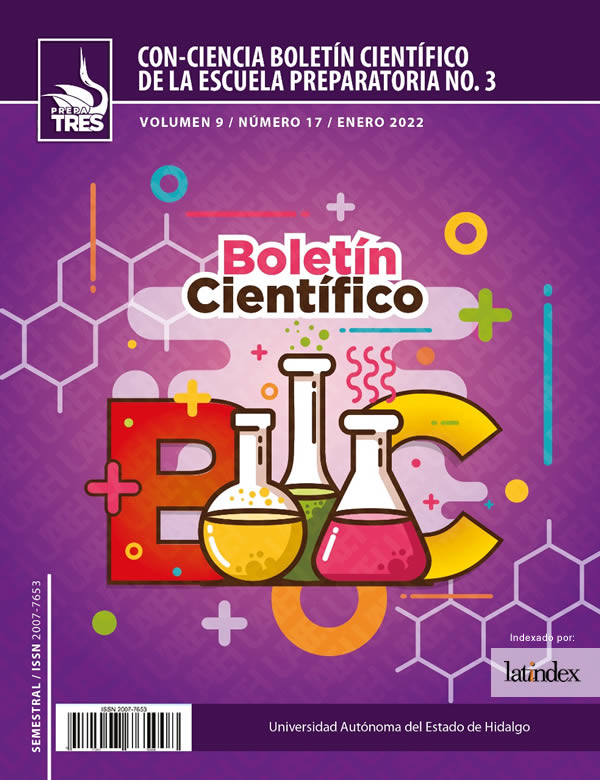Ecología del crecimiento de Anolis nebulosus
, , , growth parameters, sexual maturity, Von Bertalanffy model
Palabras clave:
Age class, capture–recapture, Chamela Jalisco, maturity, Von Bertalanffy, modelResumen
Se piensa que las tasas de crecimiento juvenil de las lagartijas están afectadas por los diferentes tipos de recursos alimentarios de los que disponen. Las lagartijas tropicales se espera que el crecimiento sea más rápido durante la temporada de lluvias. Se comprobó esta idea usando una población de lagartijas de Anolis nebulosus describiendo el crecimiento de ambos sexos usando modelos de regresión no lineal, y luego correlacionamos las tasas de crecimiento de los individuos con alimentos disponibles en el ambiente, precipitación y temperatura. El modelo de Von Bertalanffy se ajusta mejor a las tasas de crecimiento de las hembras, mientras que el modelo logístico por talla se ajusta mejor a los machos. Hay poca evidencia de que la comida, la temperatura y la humedad afecten las tasas de crecimiento de A. nebulosus, refutando nuestras predicciones. Por lo tanto se determina que el crecimiento de esta especie refleja una combinación compleja de factores ecológicos y genéticos.
Información de Publicación
Perfiles de revisores N/D
Declaraciones del autor
Indexado en
- Sociedad académica
- N/D
Citas
[2] Roff, D. A., & Fairbairn, D. J. (2007). The evolution of trade-offs: Where are we? Journal of Evolutionary of Biology, 20, 433–447.
[3] Tinkle, D. W. (1969). The concept of reproductive effort and its relation to the evolution of life histories of lizards. The American Naturalist, 103, 501–516.
[4] Ferguson, G. W., & Brockman, T. (1980). Geographic differences of growth rate of Sceloporus lizards (Sauria: Iguanidae). Copeia, 2, 259–264.
[5] Lemos-Espinal, J. A., & Ballinger, R. E. (1995). Ecology of growth of the high altitude lizard Sceloporus grammicus on the eastern slope of Iztaccihuatl volcano, Puebla, México. Trans Nebraska Academy Science, 22, 77–85.
.
[6] Ramírez-Bautista, A., Leyte-Manrique, A., Marshall, J. C., & Smith, G. R. (2011). Effects of elevation on litter-size variation among lizard populations in the Sceloporus grammicus complex (Phrynosomatidae) in Mexico. Western North American Naturalist, 71, 215–221
[7] Smith, H. M., & Taylor, E. H. (1950). An annotated checklist and key to the reptiles of Mexico exclusive of the snakes. Bulletin of the United States National Museum, 199, 1–253.
[8] MacArthur, R. H., & Wilson, E. O. (1967). An equilibrium theory of insular zoogeography. Evolution, 17, 373–387.
[9] Pérez-Mendoza, H. A., & Zúñiga-Vega, J. J. (2014). A test of the fast–slow continuum model of life-history variation in the lizard Sceloporus grammicus. Evolutionary Ecology Research, 16, 235–248.
[10] Zúñiga-Vega, J. J., Valverde, T., Rojas-González, R. I., & Lemos-Espinal, J. A. (2007). Analysis of the population dynamics of an endangered lizard (Xenosaurus grandis) through the use of projection matrices. Copeia, 2007, 324–335.
[11] Ramírez-Bautista, A. (1995). Demografía y reproducción de la lagartija arborícola Anolis nebulosus de la región de Chamela, Jalisco. PhD Dissertation. Universidad Nacional Autónoma de México, México.
[12] Adolph, S. C., & Porter, W. P. (1996). Growth, seasonality and lizard life histories: Age and size at maturity. Oikos, 77, 267–278.
[13] Hernández-Salinas, U., Ramírez-Bautista, A., Pavón, N. P., & Rosas Pacheco, L. F. (2014). Morphometric variation in island and mainland populations of two lizard species from the Pacific Coast of Mexico. Revista Chilena De Historia Natural, 87, 21.












